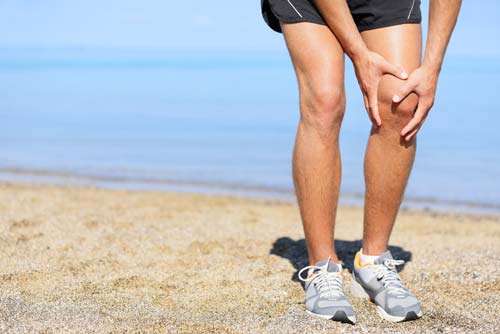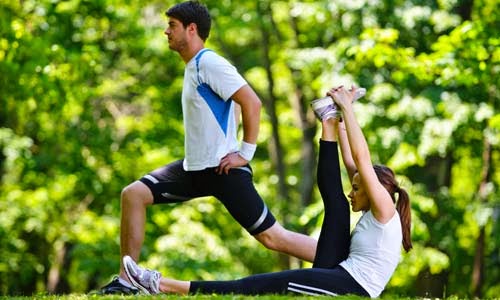
Walking is one of the best ways to do arthritis knee pain exercise. You can easily walk just about anywhere. This does not necessarily mean to take the stairs. Take a short walk around your neighborhood. Walking helps to increase your strength and endurance, which can help you avoid pain from arthritis. Avoid doing running or jobbing as an arthritis knee pain exercise. This is because it puts more stress on your joints and can lead to more damage. Riding a bike would be a better way to do your arthritis knee pain exercise because you can get plenty of movement without any wear and tear on your joints.
Another excellent arthritis knee pain exercise is swimming. Swimming allows you to take your weight off of your knees, which will keep any damage from occurring. If you are trying to lose weight, swimming can help protect your knees. Every extra pound of weight puts forty pounds of pressure on the knees. So an arthritis knee pain exercise like swimming can eliminate that added pressure while exercising and at the same time help you to take off the excess pounds. Water aerobics are also good arthritis knee pain exercise. Again, you can have a good workout, loosen your joints, and avoid any further damage.
Stretching can be the best arthritis knee pain exercise you can do. While it may sound like stretching would actually cause more pain, stretching helps encourage lubrication of the joints. This means that exercises that are simple stretches or even yoga can be excellent forms of arthritis knee pain exercise. You can join a class for yoga if you want to. If you prefer to do your arthritis knee pain exercise in private you can easily pick up a DVD and do yoga right in your living room. Stretching can help you limber up your joints where your range of motion greatly improves. And on the other hand there are various joint pain products are available on the market today, in which the most popular product are Vital 3, Osteojuv, Arthri D etc.
